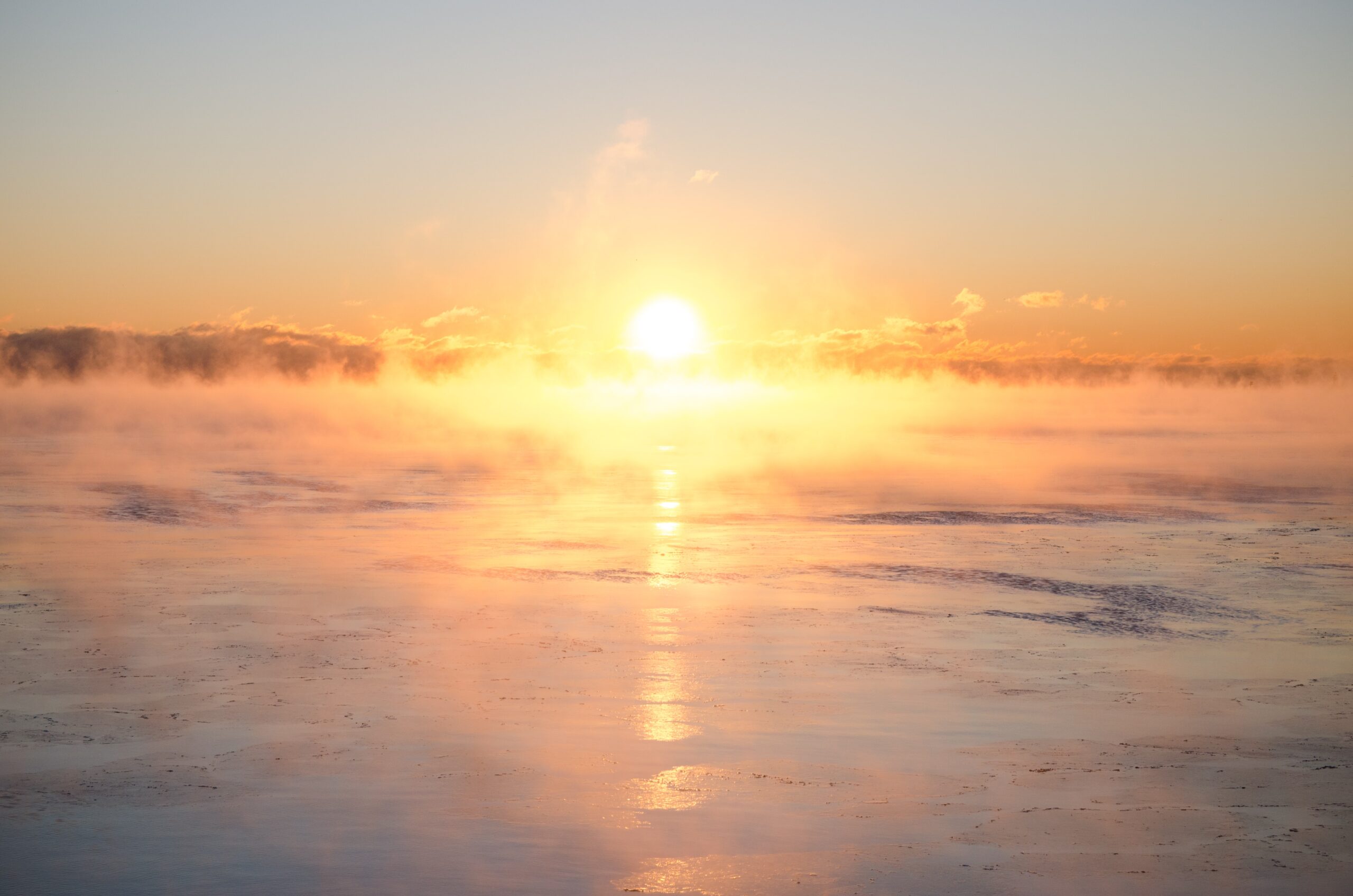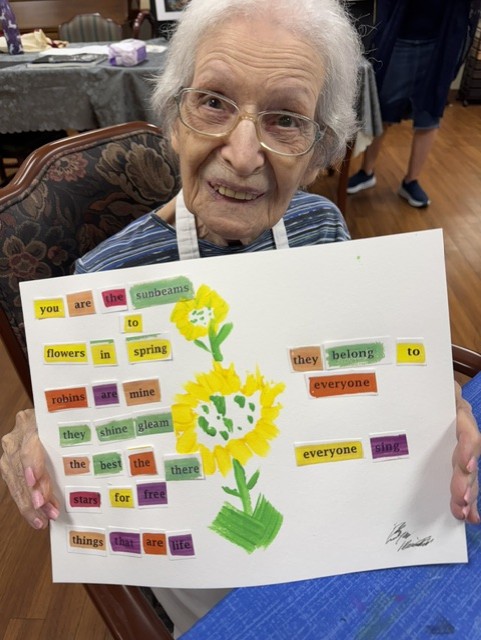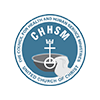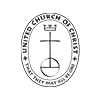It was the eve of Christmas Eve. Fourteen family members were present. Thirty others looked in via Zoom.
The bride and her relatives were splendidly outfitted – even the fellows who rarely wore suits and ties! The groom wore a stole-like Hawaiian lei made of fresh flowers, sent air express to him from Honolulu by his former figure skating student.
Outside, swooping winds and temperatures at -8°.
Inside, the bride–adopted when she was three–described her long acquaintance with the groom as a relationship that melted her fears and drew her out of a black hole of wondering who she is and whose she really is. She described herself as one who was lost but now is found. The remark carried a double meaning, referring to the circumstances of her adoption, and now to the covenanting of her relationship with the groom.
The groom, an artist and writer of children’s books, commented that he has sought to love and be loved. In her, he found both. He dedicated one of his writings to her, calling her his North Star.
The next evening, Christmas Eve, the family watched a church service online, and lit candles while singing carols including ”We Three Kings.”
The Light of the Nativity Story
The gospel of Matthew calls the men who followed a star from East to West to honor a baby in Bethlehem, wise men. The gospel of Mark skips all of that and concentrates on baptism. Luke’s gospel doesn’t name kings or wise men or east to west stars, or north or south stars either.
And the gospel of John – well, John poetically describes the nativity as something other than having to do with human conception, concentrating instead on the image of light pushing back darkness. The gospel writer contrasts the lawgiving of Moses with “the grace and truth” of Jesus.
Only Matthew mentions visits by royal strangers but does not identify them as royalty. Our lovely carol about three kings grows out of the Hebrew scriptures rather than the gospels – notably Psalms and Isaiah. From those traditions, we inherit legendary images of Magi—Melchior, Caspar and Balthazar—and their status as kings from the Orient.
And so we sing:
O Star of Wonder, Star of Night,
star with royal beauty bright,
Westward leading,
still proceeding,
Guide us to Thy perfect Light.
When the groom described his bride as his North Star, he meant she brought Light, purpose, meaning, and direction into his experience.
The Light of the Epiphany Story
After Christmas we get to January 6, Epiphany. In secular terms, Roget’s Thesaurus names “insight,” “inspiration” and “vision” as synonyms for epiphany.
An article published by the Center for Christian Ethics at Baylor University describes three religious Epiphany traditions. The authors connect Advent wreath candles, Christmas Eve candlelight services, Epiphany, and Pentecost’s tongues of fire, writing, “According to Luke and John, God’s appearance in the person of Jesus is comparable to light entering a darkened world. When Simeon took the Christ child in his arms, he praised God for sending salvation and light to all nations and as a glory to God’s people of Israel (Luke 2:32). The prologue of John proclaims that the Word is God’s light (John 1:4-5)…”
The Light of Abraham Lincoln
How ironic, then, that on January 6, 2023, Epiphany, I finished reading a magnificent biography written by @JonMeacham. He titled the book And There Was Light: Abraham Lincoln and the American Struggle.
Meacham thoroughly documents the pushes and pulls, the wavering opinions, the humility yet strong convictions of President Lincoln, during the deadly civil war fought over the ravages wrought by human slavery versus slaveowners supposed rights to enslave. At times, his opinions about slave ownership seemed sympathetic to the demands of southern slave holders; at other times he seemed dedicated to the controversial task of setting free every person of color imprisoned in the bondage of slavery.
Meacham, noting Lincoln’s tortured musings over how to deal with a constant barrage of criticism, quoted W.E.B. DuBois:
“I love him not because he was perfect but because he was not, and yet triumphed. The world is full of illegitimate children. The world is full of folk whose taste was educated in the gutter. The world is full of people born hating and despising their fellows. To these I love to say: See this man. He was one of you and yet he became Abraham Lincoln.”
Jon Meacham’s own perspective about light, Lincoln and hope is expressed in this paragraph:
“In life, Lincoln’s motives were moral as well as political—a reminder that our finest presidents are those committed to bringing a flawed nation closer to the light, a mission that requires an understanding that politics divorced from conscience is fatal to the American experiment in liberty under law. In years of peril, he pointed the country toward a future that was superior to the past and to the present; in years of strife he held steady. Lincoln’s life shows us that progress can be made by fallible and fallen presidents and peoples—which, in a fallible and fallen world, should give us hope.”
The colleague who lent the book to me, wrote many marginal reflections like: “We today are faced with the same diversions, distractions, disinformation, and destructive policies which riddled the life and times of Lincoln.”
The Stars Guiding Us to the Light of Day
I believe the groom at his wedding was on to something. In viewing another person as his North Star which provides purpose and direction for his life, he invites us, too, to find the “still proceeding star,” which guides us to the perfect Light.
Beyond the star hovering over the Bethlehem manager, light twinkles in the lives of Lincoln, Martin Luther King, Jr, and too many hundreds to name, who guide us – with purpose – toward banishing the shadows of cruelty, Jim Crow, systemic racism, white power/privilege, so the God-dream born in the flesh of the Child of Bethlehem might invigorate the quest for beloved community, beloved humanity, beloved creation.
As we persist in these days beyond December in determination to show the love of Jesus, to walk in his steps, and to live the values held by most of the major religious communities around us, there will be starlight to guide and inspire us.
And then all earth will sing joyfully with VanDyke’s hymn setting of the choral fourth movement of Beethoven’s Ninth Symphony:
“…. Melt the clouds of sin and sadness;
Drive the dark of doubt away;
Giver of immortal gladness,
Fill us with the light of day!”
(Visit this link for a high-energy version of “Joyful, Joyful We Adore Thee” and “the light of day!”)
For Reflection (either individually or with a group)
Read the blog. Read it a second time, maybe reading it aloud or asking someone else to read it aloud so you can hear it with different intonation and emphases.
Then spend some time with the questions with words, crayons, clay, fingerpaints, or anything that helps you reflect more deeply.
Take these questions for a walk in the woods or in your neighborhood, for a swim or a run or for a hot soak in the tub. Invite the questions to join you for tea or coffee.
- Rev. Gantt wrote that the groom said his bride is his “North Star because she brought Light, purpose, meaning, and direction into his experience.” Fill in the blanks: My North Star is ______ because______.
- As you have aged, has your North Star moved or changed? Make a note about what caused the change and why.
- In what ways can you be a light which guides someone to their perfect light?
Download a pdf including the Reflection Questions to share and discuss with friends, family, or members of your faith community small group.
Blog: Copyright 2023, John Gantt, All Rights Reserved.
View all articles by:






















